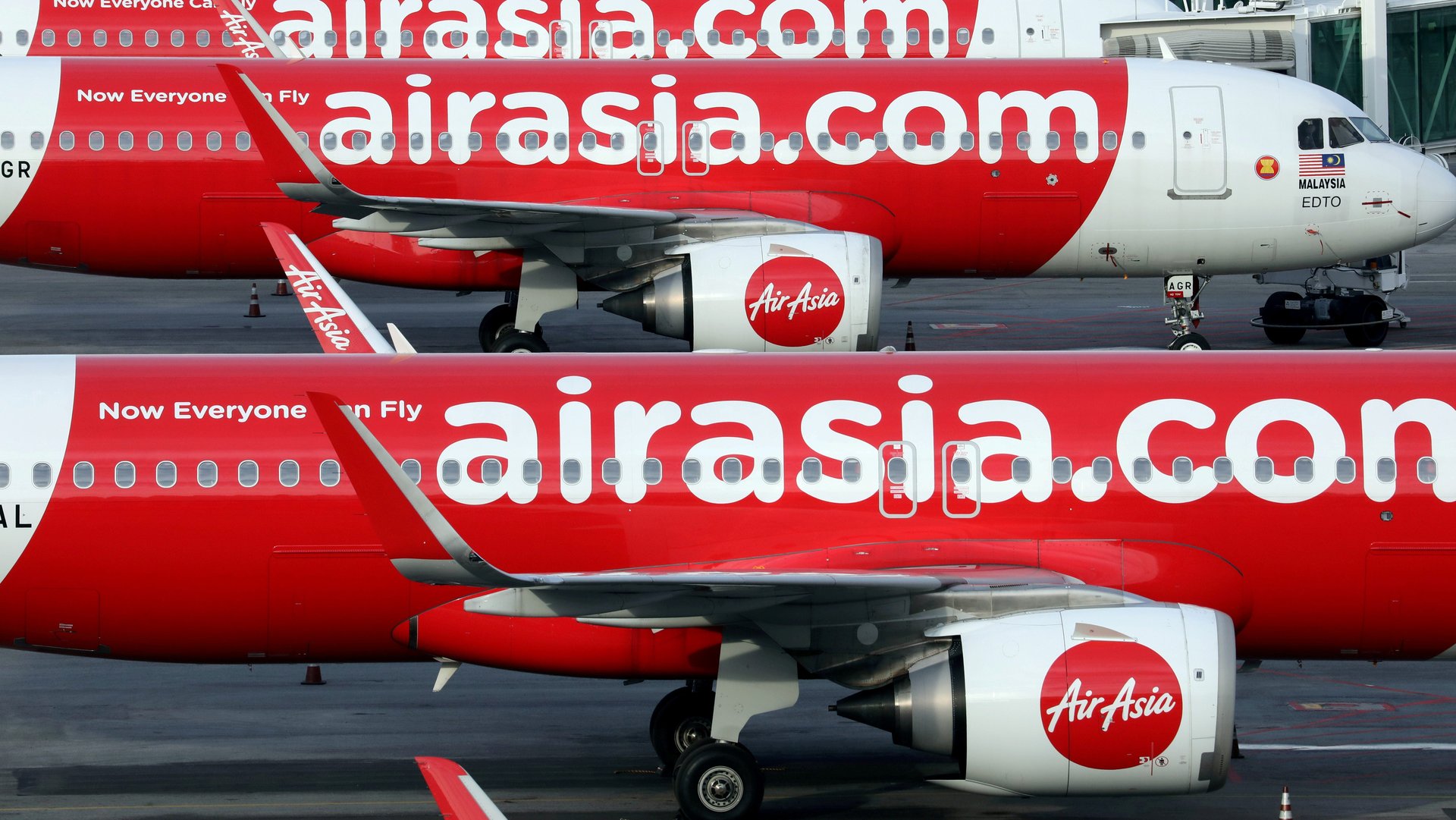How India’s youngest airline is dealing with “the toughest period in 100 years”
India’s youngest airline believes this is “one of the toughest periods that global aviation has seen in its history of over 100 years.” Yet, the company isn’t really worried.


India’s youngest airline believes this is “one of the toughest periods that global aviation has seen in its history of over 100 years.” Yet, the company isn’t really worried.
AirAsia India—a joint venture between Tata Sons and Malaysia’s AirAsia Investment—has not laid off any employees despite the fact that aviation traffic in India has remained tepid for most of last year. The company says it is adequately funded to retain these employees and stay in business even if the second wave of Covid-19 persists for another quarter.
Quartz spoke to AirAsia’s head of operations Manish Uppal and chief commercial officer Ankur Garg about how the company is sustaining in these tough times, travel trends in a post-pandemic India, and how the airline is participating in vaccine transportation. Edited excerpts:
How is AirAsia doing financially?
Garg: It has been a challenging period for the entire industry. Even the earnings of western players will tell you that there is no way anybody can make a profit in current times. However, what has been very comforting to us is that our shareholders have had strong faith and confidence in our business model. They understand that what is happening is a global phenomenon and beyond anybody’s control. They also know that when this crisis is over, we’re going to emerge stronger than some of our competitors.
We have been paying all our partners and suppliers on time, and there has not been a single default. We’ve been adequately capitalised.
Have you laid off employees due to the pandemic?
Uppal: We have not laid off anybody. There have been some people who decided to move on to some other industry or for other reasons. We also decided that anybody who is earning below Rs50,000 ($686.20) per month will not undergo a pay cut.
In fact, we have continued to engage with our employees. For example, one of the things that we have started is a daily hustle where we have a call every morning at 9:30 am and we give a brief update on how life is and what are some of the critical issues that need to be addressed. When the flying was less, we implemented rosters where we gave people who were scared of the Covid-19 situation enough days off. We also organised some stress sessions and had doctors coming and speaking with our staff.
Could you tell us about travel trends in the post-pandemic world?
Garg: There are three major drivers of traffic: business traffic (people flying for work), visiting friends and relatives traffic or VFR, and holiday travelling, where you’re going to a leisure destination. In this whole year, the recovery has been led by VFR. In the holiday segment also there was recovery during December and January, as we all saw destinations like Goa were jampacked. The business traffic has been the slowest to recover so far. That’s perhaps to do with the virtual medium or working from the home trend.
Has the second wave of Covid-19 derailed your business plans?
Garg: Before the second wave, the number of people who were travelling per day was improving. For instance, if in December we were flying around 50-55% of the number of passengers during pre-Covid days, by January, we were at 60%, and by February at 65%. We were hoping that by the end of 2021 or maybe early 2022, we would have come back to a full recovery.
But with the second wave, airline traffic has gone down. At this point, it is difficult to predict how the recovery will happen. The one thing that gives us hope is the government’s decision to open vaccination for all adults.
Do you think the aviation industry will be able to absorb the shock if the second wave lasted for another quarter?
Garg: I think it is up to each player. But obviously, the need for people to travel by air will remain. So there will always be an opportunity in India for its size and scale, and it is a highly underpenetrated market. Now, talking of ourselves, we are adequately funded.
So you’ll able to continue business even if demand remains muted and there still won’t be any layoffs?
Yes.
Transporting vaccine in India
Could you tell us about the role AirAsia is playing in vaccine transportation in India?
Garg: AirAsia has carried almost 15-16% of all the vaccines in India so far. And now with the vaccines opening up for all adults, we expect transportation to go up significantly.
As the government ramps up efforts on the vaccine side, are you preparing to support transportation?
Garg: Yes, of course. When the first shipments started, the government had called for a meeting with all the forwarding agents and airlines, and tried to come up with a plan involving the logistics such as how much volume will be coming out of the factory, what are the locations where it needs to go, what are the flight schedules, and how much capacity different airlines have, etc.
Is there a certain price at which airlines are allowed to charge for vaccine transportation?
Garg: We are allowed to charge for the regular cargo. There is no regulated pricing but of course, I won’t be in a position to disclose if there are particular benefits or discounts that we are offering to support this movement.